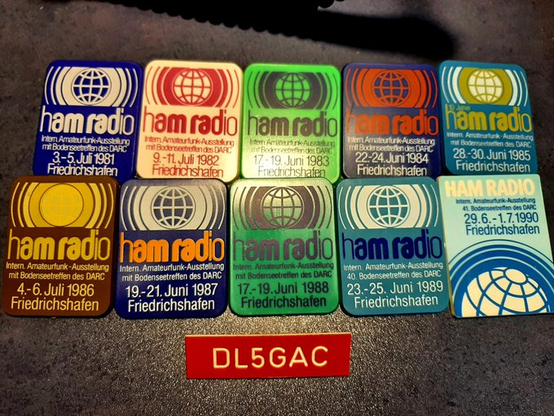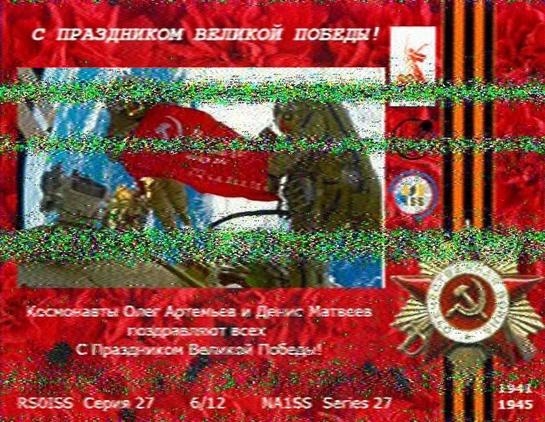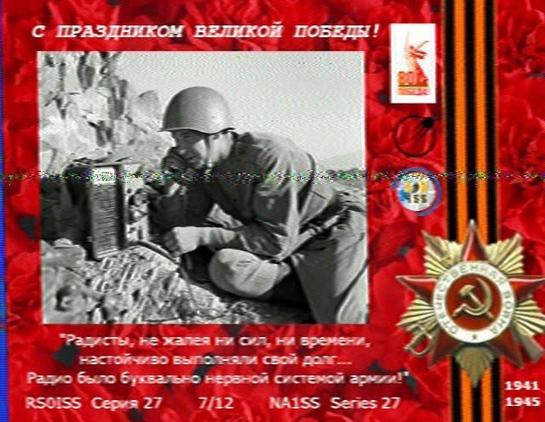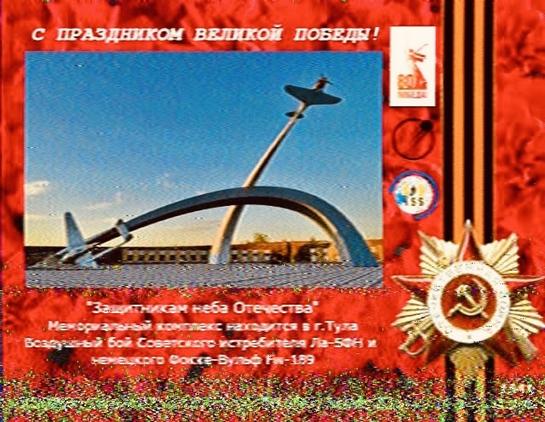Online now at https://vees.net/hobbies/hamradio/swatch-protest/
In early 1999 #Swatch set out to publicize its new “Swatch .beat Internet Time” by launching #Beatnik, a grapefruit‑size “mini‑Sputnik” #satellite from the Mir space station. The plan was to replay user‑submitted voice clips (each had to include the word *beat*) on the #hamradio frequencies between 145.8 and 146 MHz. Because ITU rules forbid any commercial traffic on ham frequencies, the idea threatened to turn protected #radio spectrum into a marketing platform.
In February of 1999, a young me stumbled onto the scheme while browsing Swatch’s website. I confirmed the frequency claim and posted the first public alert. That single e‑mail snowballed into the pages that aggregated press releases, contract excerpts, ITU citations, and template letters to regulators. The archive helped the ARRL, multiple #AMSAT groups, and hundreds of individual operators coordinate a unified protest that reached the #FCC, the Swiss and Russian telecom authorities, and the ITU’s Radiocommunication Bureau.
The pressure paid off. Beatnik was hand‑launched from #Mir on 16 April 1999, but its transmitter stayed off; Swatch later claimed its batteries were “donated” to the cosmonauts instead. No commercial messages ever hit the airwaves.
I recently found all the documents from that time and have converted them into consistent Markdown to republish. Watch this space!







